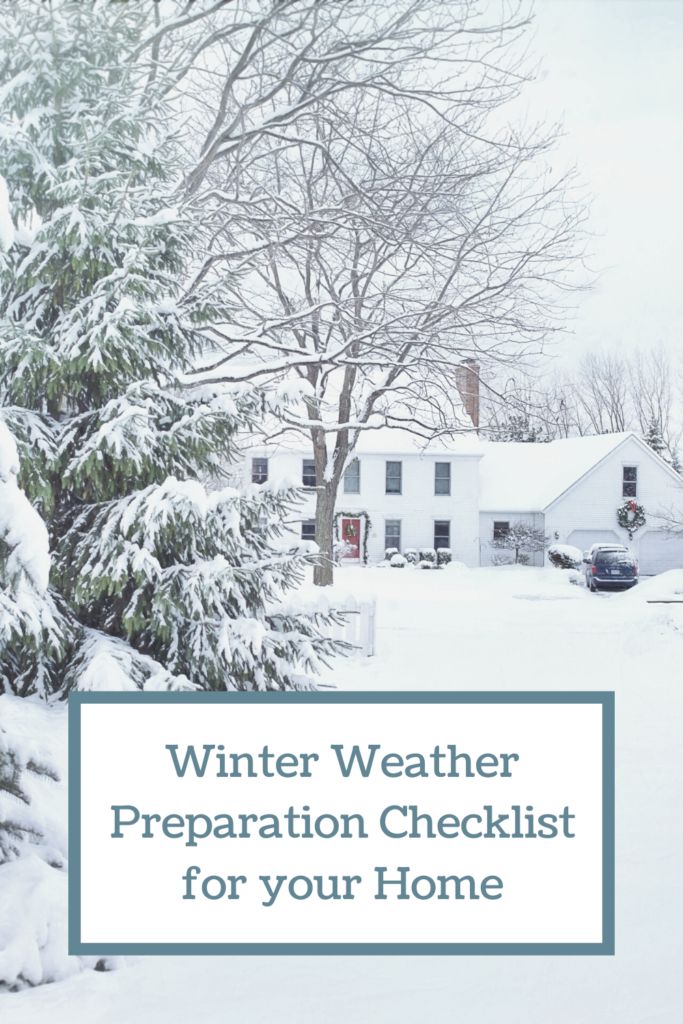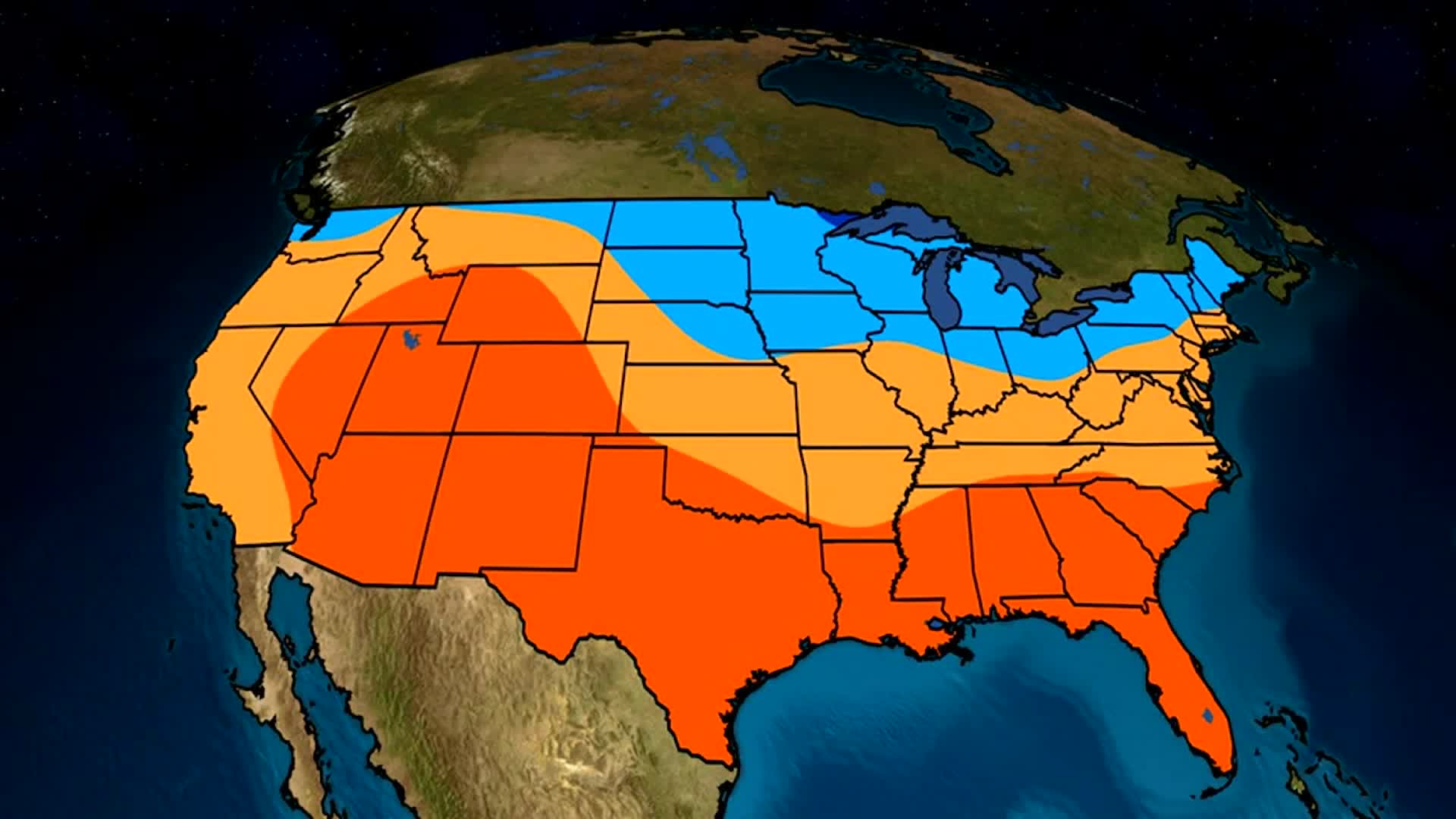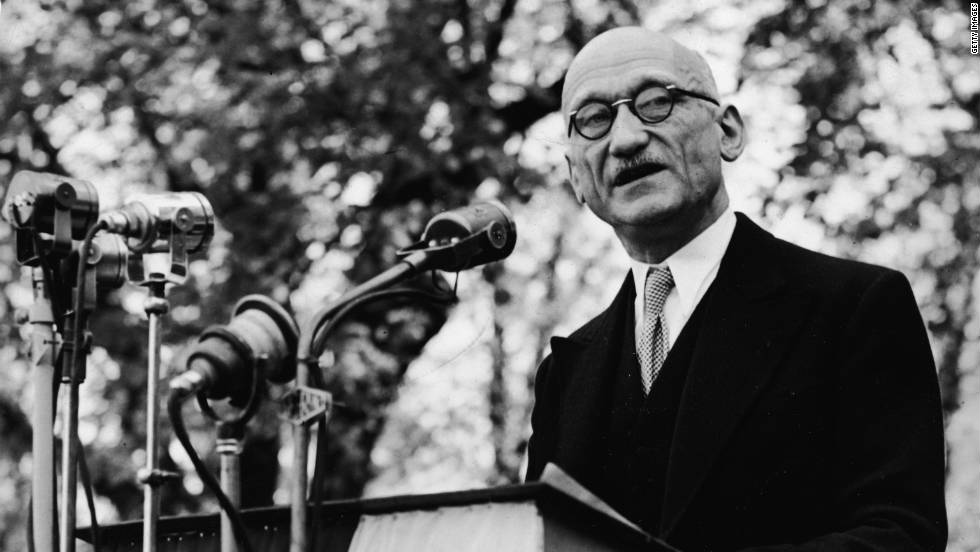A Practical Winter Weather Timeline For Home & Travel

Table of Contents
Preparing Your Home for Winter Weather
Preparing your home for winter weather is crucial for staying safe and comfortable during cold snaps and potential storms. A proactive approach, following a structured winter weather timeline, can prevent costly repairs and ensure your home remains a haven throughout the season.
Early Autumn (September-October): Preventative Maintenance & Supply Stockpiling
This is the ideal time to perform essential preventative maintenance tasks before the first frost arrives. Ignoring these steps could lead to significant problems later in the season.
- Preventative Maintenance: Thoroughly clean your gutters and downspouts to prevent ice dams from forming on your roof. Inspect your roof for any damage, such as missing shingles or loose flashing. Schedule a professional inspection of your heating system (furnace or boiler) to ensure it's running efficiently and safely for the winter.
- Stockpiling Essentials: Gather essential supplies now, before stores become crowded. Stock up on flashlights, extra batteries (consider rechargeable options for long-term sustainability), extra blankets, bottled water, and non-perishable food items sufficient for several days. Don't forget a battery-powered radio for emergency weather updates.
- Winterizing Outdoor Faucets and Pipes: Protect your outdoor faucets and pipes from freezing temperatures by disconnecting hoses and using faucet covers or insulating sleeves. This simple step can prevent costly burst pipes and water damage.
Late Autumn (November): Insulation and System Checks
As temperatures drop, focus on improving your home's insulation and conducting further system checks.
- Switching to Winter Tires: If you live in an area with significant snowfall, now is the time to switch to your winter tires. Winter tires provide superior traction on snow and ice.
- Insulation Upgrades: Insulate exposed pipes and windows to reduce heat loss and save on energy costs. Consider weatherstripping around doors and windows to further minimize drafts.
- Chimney Inspection: If you have a fireplace, schedule a professional chimney inspection and cleaning. A clean chimney reduces the risk of chimney fires.
Winter's Arrival (December-February): Monitoring and Readiness
Once winter arrives, consistent monitoring and readiness become critical.
- Weather Monitoring: Closely monitor weather forecasts using reliable sources. Be aware of winter storm warnings, advisories, and watches. Understand the difference between these warning levels.
- Emergency Kit: Keep a winter emergency kit readily available in your home, containing essential supplies like blankets, food, water, and a first-aid kit.
- Water Main Knowledge: Familiarize yourself with the location of your home's water main shut-off valve. Knowing how to shut off your water supply quickly can prevent extensive water damage in case of a pipe burst.
Planning Winter Travel
Winter travel requires careful planning and preparation to ensure a safe and enjoyable experience. A well-defined winter weather timeline for travel is crucial.
Before You Go: Preparation is Key
Thorough preparation before embarking on a winter trip is paramount.
- Weather Check: Check weather conditions at your destination and along your planned route. Be aware of potential winter storms or hazardous road conditions.
- Itinerary Sharing: Share your detailed travel itinerary, including your route and expected arrival time, with a trusted friend or family member.
- Packing Essentials: Pack a comprehensive winter travel emergency kit including warm clothing (layers are essential!), extra batteries for electronic devices, high-energy snacks, and a well-stocked first-aid kit.
- Vehicle Check: Ensure your vehicle is winter-ready: check tire pressure and tread depth, top up antifreeze, and ensure your wipers are in good condition.
During Your Trip: Safe Driving Practices
Safe driving practices are paramount during winter travel.
- Cautious Driving: Drive cautiously and adjust your speed to prevailing road conditions. Increase following distances significantly.
- Hazard Awareness: Be aware of potential hazards such as black ice (nearly invisible), reduced visibility due to snow or fog, and icy patches on bridges and overpasses.
- Alert Monitoring: Monitor weather alerts and be prepared to adjust your travel plans if necessary. Consider alternative routes or postponing your trip if conditions become too hazardous.
- Regular Check-ins: Check in with loved ones regularly to provide updates on your location and progress.
Returning Home: Post-Trip Considerations
Even the return journey requires careful planning.
- Weather Forecast Check: Check the weather forecast before you start your return trip.
- Extra Travel Time: Allow extra travel time to account for potential delays caused by winter weather conditions.
Utilizing Weather Forecasting Tools for a Better Winter Weather Timeline
Accurate weather information is crucial for effective winter weather planning.
- Weather Map Interpretation: Learn how to interpret weather maps and forecasts to understand the severity and timing of winter storms.
- Utilizing Technology: Utilize reliable weather apps and websites (like the National Weather Service) for up-to-the-minute updates and detailed forecasts.
- Alert Sign-up: Sign up for weather alerts and notifications from your local authorities to receive timely warnings about severe weather events.
- Warning Understanding: Understand the difference between weather advisories, watches, and warnings. A warning indicates imminent hazardous weather.
Conclusion: Stay Ahead of the Winter Weather
Successfully navigating winter weather requires preparation and planning. By utilizing this practical winter weather timeline, you can proactively address potential challenges both at home and during travel. Remember to check weather forecasts regularly, maintain your home and vehicle, and pack appropriate emergency supplies. Staying informed and prepared will help you create a safer and more enjoyable winter season. Don't get caught off guard – create your own personalized winter weather timeline today!

Featured Posts
-
 Should Indias Cities Adopt Delhis Old Petrol Car Ban
Apr 25, 2025
Should Indias Cities Adopt Delhis Old Petrol Car Ban
Apr 25, 2025 -
 Understanding Your Local Winter Weather Timeline
Apr 25, 2025
Understanding Your Local Winter Weather Timeline
Apr 25, 2025 -
 Confirmed Speakers For Harrogate Spring Flower Show 2025
Apr 25, 2025
Confirmed Speakers For Harrogate Spring Flower Show 2025
Apr 25, 2025 -
 Then And Now North East Babies Born During Lockdown
Apr 25, 2025
Then And Now North East Babies Born During Lockdown
Apr 25, 2025 -
 Bochum Defeat Eintracht Frankfurt Back To Winning Ways
Apr 25, 2025
Bochum Defeat Eintracht Frankfurt Back To Winning Ways
Apr 25, 2025
Latest Posts
-
 Increased Eu Action Needed Against Us Tariffs French Minister
May 10, 2025
Increased Eu Action Needed Against Us Tariffs French Minister
May 10, 2025 -
 France Demands Stronger Eu Response To Us Trade Barriers
May 10, 2025
France Demands Stronger Eu Response To Us Trade Barriers
May 10, 2025 -
 Eus Response To Us Tariffs French Minister Advocates For Further Action
May 10, 2025
Eus Response To Us Tariffs French Minister Advocates For Further Action
May 10, 2025 -
 Radio Schuman French Ministers Stance On European Nuclear Cooperation
May 10, 2025
Radio Schuman French Ministers Stance On European Nuclear Cooperation
May 10, 2025 -
 Europes Nuclear Shield A French Ministers Perspective Radio Schuman
May 10, 2025
Europes Nuclear Shield A French Ministers Perspective Radio Schuman
May 10, 2025
